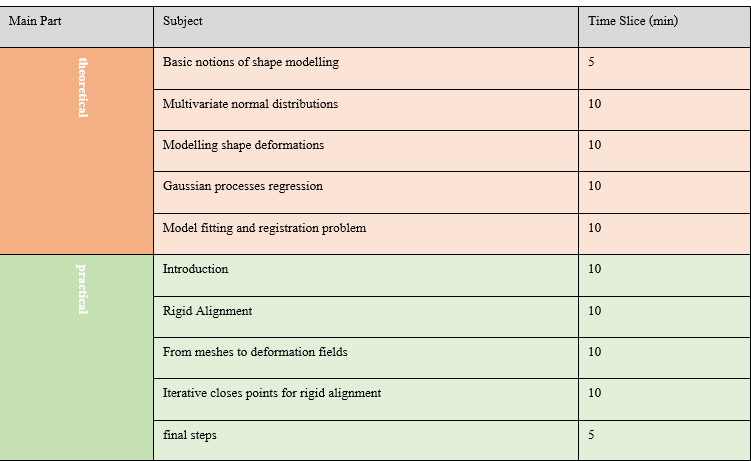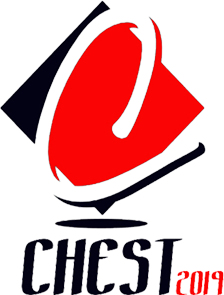Medical Image Analysis Using 3D Statistical Shape Models
Abstract, objective and motivation
Medical imaging is producing an ever-growing amount of data. The volume becomes such that it is too large for humans to handle. Doctors generally are well-trained to spot anomalies quite quickly when they work through the data, however they need to make good use of their time. This means that they will focus on the body parts they think crucial to the diagnosis of the patients. They might miss important information that originates from the other sections of the anatomy. In this context a software framework that allows us to create shapes from medical imaging, while at the same time comparing these shapes to the representative larger parts of the populations is invaluable for not only allowing doctors to work more quickly, but combined with their experience for make diagnosis more accurate. This is where shape modelling comes in.

Statistical shape models are one of the most important technologies in computer vision and medical image analysis. With this technology, the computer learns the characteristic shape variations of an object or organ. The model resulting from this analysis may then be used in implant design, image analysis, surgery planning and many other fields. In this workshop, audiences will get insights from mathematics, statistics and machine learning, in order to address practical problems using statistical shape models.
Timeliness and intended audience
Workshop is organized in two parts: theoretical and practical.

The intended audience for the workshop is beginning graduate students and researchers in computer vision and medical image analysis, who plan to apply statistical shape models as part of their work.

Vahid Arbabi
Assistant Professor: Department of Orthopedics, University medical Centre Utrecht, Utrecht University, the Netherlands Department of Mechanical Engineering, University of Birjand, Birjand, Iran Guest Researcher: Department of Biomechanical Engineering, Delft University of Technology, the Netherlands
Email:
V.Arbabi@umcutrecht.nl
V.Arbabi@tudelft.nl
V.Arbabi@birjand.ac.ir
Biography: Dr. Vahid Arbabi received his PhD Degree from the Biomechanical Engineering Department of Delft University of Technology. He was awarded the runner-up prize for the Best Doctoral Thesis in Biomechanics by the European Society of Biomechanics. He continued as a postdoctoral researcher in the Department of Orthopedics in UMC Utrecht and the Department of Biomechanical Engineering in TU Delft. His research as an assistant professor revolves around Orthopaedic-Biomechanics in his research group.

Saeed Arbabi
Researcher and Scientific Software Engineer Department of Computer Engineering, University of Zabol, Zabol, Iran sarbabi@uoz.ac.ir
Biography: Saeed Arbabi is a faculty member with a research background in data sharing and processing in distributed systems especially in P2P overlays and also crowdsourcing systems. Along with his interest in data sharing in P2P overlays, he developed a J2ME Mobile Geo-Tagging application in 2009 as a project in Ferdowsi University of Mashhad. Then he deepened his research in the field of data discovery in structured P2P overlays in Iran University of Science and Technology since 2010. He sharpened his skills in the field of data science in its broader sense, since 2013, with data extraction, data cleaning, statistics, machine learning and then deep learning. Now he is an experienced Python and Scala developer, with a focus on statistical analysis of (medical) data especially images, such as MRI, CT and XRays. In this workshop he shares Ortho-BioMech research group's experience in the technical part of statistical shape modelling of human bones.

